The Pelargonium: [Planting, Care, Irrigation and Substrate]
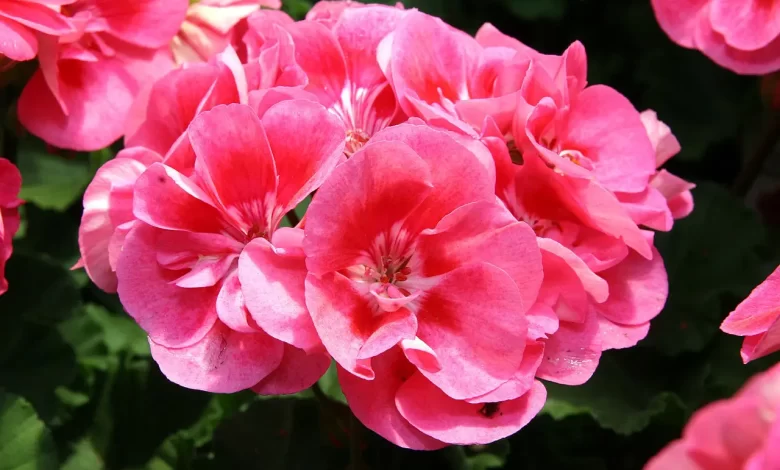
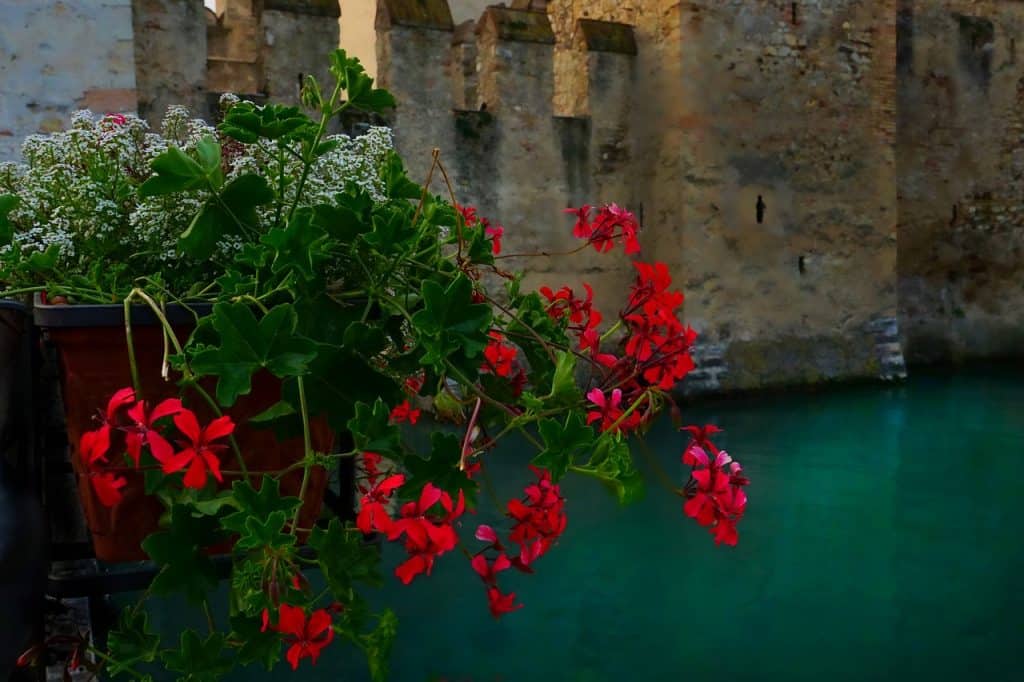
The pelargonium is a direct relative of the Geranium, one of the most beautiful flowering plants in the world.
It differs in the shape of the beautiful flowers it produces, which are more crowded and as the plant grows they get more and more bushy, producing quite a show in hanging pots.
It abounds in South Africa and has come to reign forever on patios and balconies in southern Europe.
Andalusia, a beautiful Spanish land, adopted it as an illustrious daughter, with the splendor of its bright and cheerful colors suspended in equally colorful pots that become a sight worthy of admiration, along with coves that are also very ostentatious.
Did you know…
There are varieties such as the Pelargomiun zonale, with a production of beautiful white and red flowers, with wide and thick leaves with rough edges that last all winter, even when the flower is dormant.
It can grow up to two meters high.
Another variety, the Pelargonium peltatum, better known as Gitanilla, has very colorful flowers, fleshy and small leaves with five lobes and stems that are true lianas that hang in the patios of the city of Córdoba, a unique spectacle in the whole world..
Pelargonium Characteristics
- Botanical name: Pelargonium.
- Common name: Pelargonium or geranium.
- Type of plant: Perennial, greenhouse.
- Flower colors: Pink, red, purple, bronze, white.
- Plant in: April-May.
- Blooms in: May-October.
- Prune in: October.
- Sun exposure: Full sun.
- Rusticity: Semi- rigid / soft.
- Type of soil: Acid / calcareous / alkaline / well drained / light / sandy.
- Toxicity: May be toxic to cats and dogs.
The plants we commonly call «geraniums» were introduced to Europe by Dutch traders who brought them from South Africa in the early 18th century.
Because these new plants resembled the hardy wild geraniums already growing in Europe, botanists mistakenly grouped them in the same genus.
In 1753, the Swedish botanist Carl Linnaeus classified them under the genus Geranium. When it was later discovered that these new «geraniums» differed from the European ones in the shape of their petals, the number of stamens, and other factors, they were reclassified under the name Pelargonium, which means «stork’s beak,» referring to the long and pointed shape of its sheath.
However, its original common name stuck, and we still say «geranium» when we really mean «pelargonium.»
The best known, the Pelargonium radula, is very aromatic, with flowers that, although they have the same color, vary in shades. Ideal to decorate the entrance of houses or high traffic areas, they produce beautiful and very elegant atmospheres.
So how should you care for Pelargonium? It is not as complicated as it seems. The keys to its maintenance are simple.

Temperature: Where to plant Pelargonium?
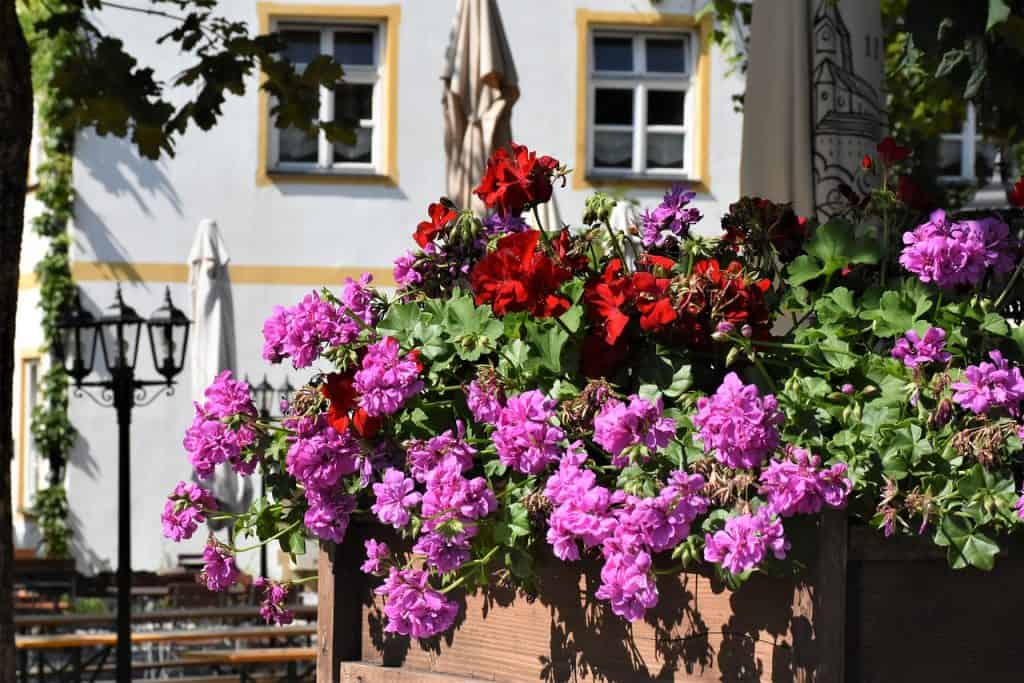 Like the geraniums, the pelargonium does not suffer if it goes through periods of high temperatures, it even withstands droughts. Or somewhat severe winters.
Like the geraniums, the pelargonium does not suffer if it goes through periods of high temperatures, it even withstands droughts. Or somewhat severe winters.
The summer has a good time as long as the watering is constant, without the plant drowning due to a soggy substrate.
Remember this: as the weather improves, this hardy plant will go.
Although it is a very rustic plant that adapts to drought, like everything in the plant kingdom, it needs minimal care. Write down this information so that it does not die:
Luz: What needs does the pelargonium have?
The pelargonium lives happily under the radiant sun.
But if the region where it grows is very hot, it is convenient that in the central hours of the day, with greater solar incidence, you have the obligation to protect it by moving it away to a cooler place.
Substrate and Irrigation: How do we prepare the land?
You have to apply a specific fertilizer for this generous plant, low in nitrogen, rich in potassium and phosphorus.
Using compost and other quality substrates is always a good idea for its correct development.
Irrigation: how often and how?
Water your Pelargonium very carefully, always avoiding wetting leaves and flowers. They spoil easily.
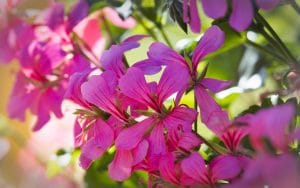 Perform a pruning at the end of the winter period to strengthen the plant in the coming flowering, scheduled for the summer, where you will have to water with daily insistence, but always taking care not to plug the substrate.
Perform a pruning at the end of the winter period to strengthen the plant in the coming flowering, scheduled for the summer, where you will have to water with daily insistence, but always taking care not to plug the substrate.
As the temperatures drop, so will the waterings.
Both by cuttings and by seeds, this wonderful plant can be reproduced, but the first option is preferable, much less laborious.
Plant a pelargonium step by step
- Pelargoniums can be grown as houseplants or as annual flowers. During the warmer months of the year (between local frost dates), they can be kept outdoors in a sunny spot.
- If you keep pelargoniums as houseplants, be sure to bring them indoors in late summer or early fall, when nighttime temperatures begin to regularly drop below 50°F (13°C).
- When shopping for pelargoniums, pay attention to color and size. Healthy leaves will have no discoloration on or under them and the stems will be sturdy, not gangly. Also be sure to avoid any plants with obvious signs of pests. The most common pests of indoor plants are mealybugs, whiteflies and mites.
- Place plants in pots with drainage holes to prevent root rot.
- Use a well-draining potting mix (not a heavy, loamy soil) when planting them in containers. Geraniums do not like to be in soggy, compacted soil.
- For maximum flowering, place plants in an area where they will receive 4-6 hours of sunlight.
Care required by pelargonium
- Let the soil dry out a bit between waterings, then water thoroughly.
- During the winter, water much less, but don’t let the roots dry out completely. Pelargoniums do best when given a dormant period during the winter months, during which they use less water and don’t grow much.
- To encourage flowering, cut dried flowers regularly.
- To encourage bushiness and reduce sagging, pinch back the stems.
- During the months of active growth, pay about every two weeks. Use a water-soluble fertilizer at half strength. Do not pay in winter, when the plant must be dormant.
- Geraniums can be replanted in the spring to encourage new growth, or if they look like they need to be refreshed.
Pelargonium pests and diseases
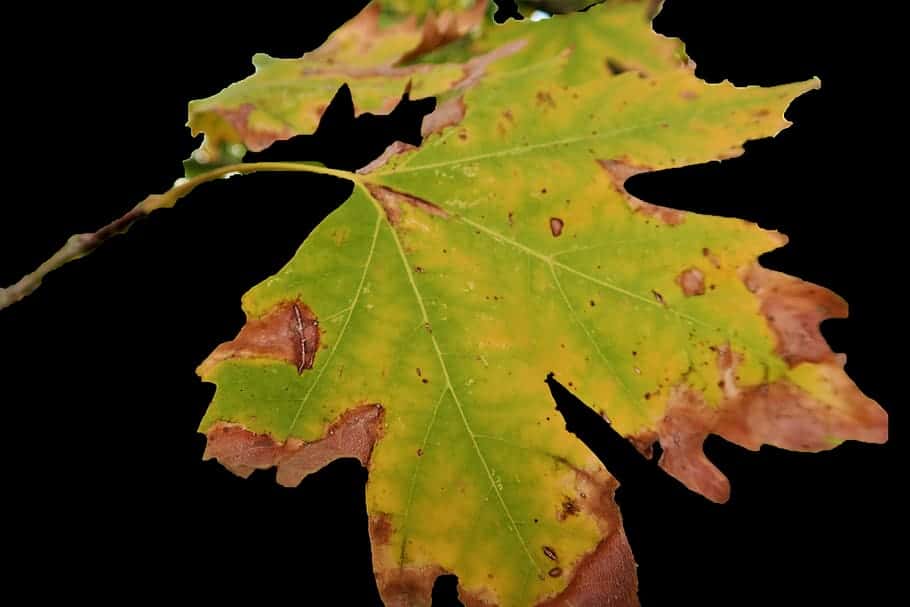 One of the pelargonium diseases is verticillium wilt. Verticillium or Verticillium wilt is a common soil fungus that thrives in temperate climates around the world and can be present in the soil for decades.
One of the pelargonium diseases is verticillium wilt. Verticillium or Verticillium wilt is a common soil fungus that thrives in temperate climates around the world and can be present in the soil for decades.
Verticillium wilt overwinters in the soil as dormant mycelium or tiny dormant black structures called microsclerotia, waiting for favorable conditions to return.
They enter damaged plant tissue through the roots and multiply. Many common weeds, such as dandelions and weeds, can be Verticillium host species.
Verticillium wilt is a disease that affects more than 350 species of eudicolous plants. It is caused by six species of Verticillium fungi: Verticillium dahliae, Verticillium albo-atrum, Verticillium longisporum, Verticillium nubilum, Verticillium theobromae, and Verticillium tricorpus.
Many plants with significant economic weight are susceptible, such as cotton, tomatoes, potatoes, oilseed rape, aubergines, peppers, and ornamental plants, as well as others in natural vegetation communities.
Many species and cultivars of eudicots are resistant to the disease, and all monocots, gymnosperms, and ferns are immune. To know more: Verticillium wilt in the Orchard: What is it? How do we identify it?


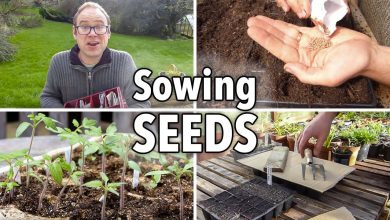
![Photo of Garden Furniture: [Sustainability and Where to Buy]](https://www.complete-gardening.com/wp-content/uploads/2022/08/garden-furniture-sustainability-and-where-to-buy-390x220.jpg)
![Photo of Thistles: [Cultivation, Irrigation, Associations, Pests and Diseases]](https://www.complete-gardening.com/wp-content/uploads/2022/08/thistles-cultivation-irrigation-associations-pests-and-diseases-390x220.png)